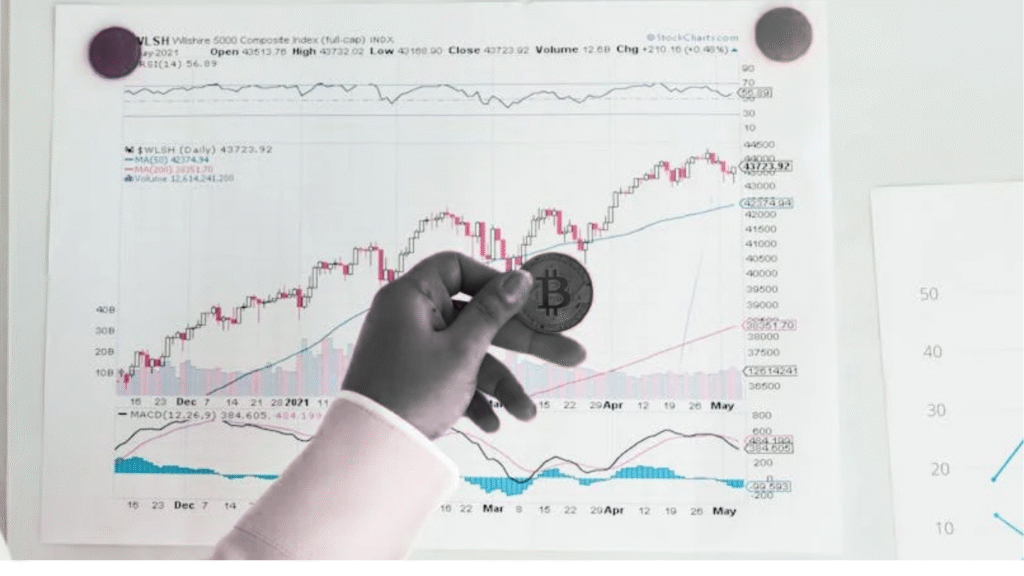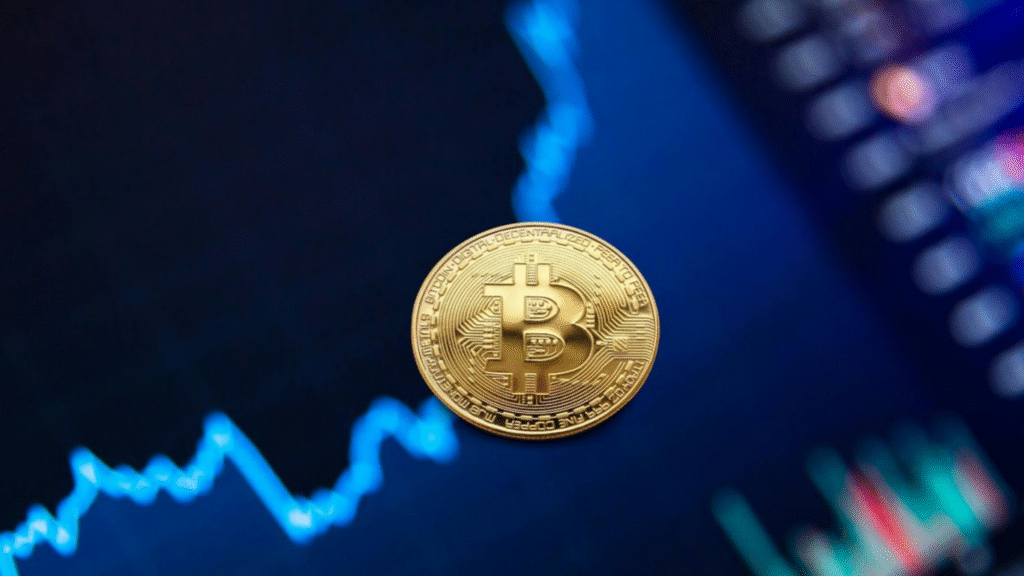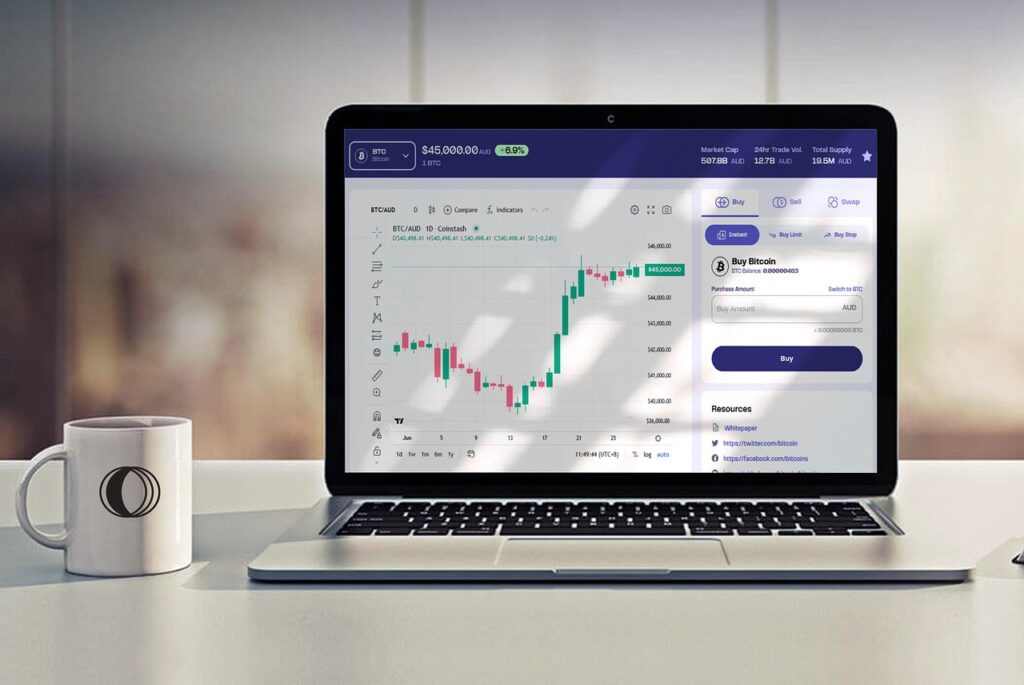Bitcoin’s institutionalization puts brakes on wild rallies, analyst says in 2025

What Does Bitcoin’s Institutionalization Really Mean?
When we talk about “institutionalization,” we’re talking about the big players moving in hedge funds, asset managers, pension funds, and even national governments. These are not your average Reddit-fueled, meme-chasing retail investors. They’re in it for the long game.
In 2025, Bitcoin is no longer seen as a fringe tech experiment or a high-risk bet for the bold. Thanks to the launch of spot Bitcoin ETFs in 2024, institutions now have a clean, regulated pathway to gain exposure to BTC. And they’re diving in headfirst.
According to a recent survey from Coinbase and EY-Parthenon, a whopping 83% of institutional investors plan to increase their crypto holdings this year. That’s a serious vote of confidence and a massive shift in market behavior.
But here’s the trade-off: Bitcoin’s institutionalization puts brakes on wild rallies, just like Willy Woo said. As more institutional money pours in, the Bitcoin market is becoming more stable, less reactive, and depending on who you ask a bit less thrilling.
Why the Crazy Bitcoin Rallies Are Slowing Down
When you think back to Bitcoin’s wildest moments like the legendary 1,300% gain in 2017 it’s easy to feel nostalgic for the thrill. But according to respected on-chain analyst Willy Woo, those massive surges may be a thing of the past.
Woo recently shared a detailed post on X (formerly Twitter), pointing out that Bitcoin’s institutionalization puts brakes on wild rallies, fundamentally changing how the asset behaves. He put it bluntly:
“People think BTC is like a magical unicorn that climbs to infinity on moonbeams. But the data shows otherwise.”
So, what’s behind this dramatic shift in the market’s tempo? Why are we seeing fewer parabolic price jumps and more measured growth?
Here are the three biggest reasons:
1.Institutions Are Holding for the Long Haul
Gone are the days when Bitcoin’s price would skyrocket on a tweet or crash on a rumor. Today, the bulk of new money entering the market comes from institutional investors think asset managers, family offices, and even government-backed funds.
These players aren’t interested in short-term flips. They’re holding Bitcoin like digital gold, aiming to diversify portfolios, hedge against inflation, or meet long-term financial targets.
Because of this buy-and-hold mentality, we’re seeing fewer dramatic sell-offs and less speculative trading, which in turn stabilizes prices. The volatility that once defined Bitcoin is giving way to something more… reliable.
2.Regulation Is Replacing Hype
Back in the early 2020s, Bitcoin’s price often responded more to memes and influencers than to fundamentals. But as governments have stepped in to regulate crypto, the market has matured.
In 2025, there’s greater regulatory clarity across major economies like the U.S., EU, and Japan. That means:
- Fewer pump-and-dump scams
- More KYC/AML enforcement
- Better investor protections
- Institutional-grade custodianship and compliance
These rules might sound boring, but they’ve helped build confidence in Bitcoin as a legitimate asset—and that’s a big reason why prices aren’t swinging so wildly anymore.
3.Spot Bitcoin ETFs Promote Stability

Perhaps the biggest catalyst for this shift has been the introduction of spot Bitcoin ETFs, officially approved in early 2024.
These ETFs allow investors especially institutions to buy Bitcoin exposure in a regulated, familiar way, without the hassle of wallets or private keys. The result? Consistent, passive inflows of capital.
Instead of dramatic surges from viral hype, we’re seeing steady buying pressure from pension funds, insurance companies, and wealth managers. This passive investing approach adds liquidity and predictability, which naturally dampens the kind of extreme price movements we saw in Bitcoin’s earlier years.
What This Means for Your Crypto Strategy in 2025
If you entered crypto hoping for a rocket ride to quick riches, this new reality might feel a bit dull. But here’s the truth:
“Boring” doesn’t mean Bitcoin is broken. It means it’s growing up.
Here’s how you can look at it:
- More Predictable Returns: With reduced volatility, you can plan your entries and exits more rationally, avoiding emotional trades.
- Stronger Institutional Backing: Bitcoin is now held by some of the world’s most stable institutions—from pension funds to sovereign wealth funds.
- Lower Downside Risk: With large investors holding strong, Bitcoin is developing natural price floors. It’s far less likely to crash 60% overnight on a headline or tweet.
So while you may not double your money in a week, you’re also not waking up to catastrophic losses. That stability is incredibly valuable, especially if you’re thinking about Bitcoin as a core part of a long-term investment strategy.
What Does This Mean for Retail Investors Like You?
Now, before you toss your Ledger wallet aside and start chasing the next Shiba Inu clone, take a breath. The idea that Bitcoin’s institutionalization puts brakes on wild rallies, as analyst Willy Woo suggests, isn’t a reason to give up it’s a sign that the market is growing up.
And guess what? That’s actually good news for you as a retail investor.
Let’s break down why this shift could be a blessing in disguise:
Bitcoin Is Becoming More Reliable
Bitcoin’s early days were defined by speculation and chaos—massive gains followed by just-as-massive crashes. But in 2025, it’s evolving into something more stable: a reliable store of value, much like gold.
As volatility decreases and institutional influence increases, BTC is becoming less of a gamble and more of a hedge—a digital asset you can count on, not just hope for.
This is why many analysts now refer to Bitcoin not as a “get-rich-quick” token, but as “digital gold 2.0”—backed by scarcity, trust, and institutional validation.
Your Investment May Actually Be Safer
Let’s be real: not every retail investor is built for 70% drawdowns or meme-fueled pump cycles.
Now that Bitcoin’s wild rallies are cooling off, you’re less likely to wake up to a catastrophic drop. That makes risk management easier and opens the door for more responsible investing strategies—like dollar-cost averaging, diversified portfolios, and long-term holding.
Yes, the days of tripling your money in a month are likely over. But so are the stomach-churning crashes that wiped out millions in a matter of hours.
Institutions Aren’t Just Testing the Waters They’re Diving In
A recent joint report from Coinbase and EY-Parthenon revealed something striking: 83% of institutional investors plan to increase their crypto holdings in 2025.
That’s not just big money it’s smart money, and it’s adding long-term support and credibility to the market. Institutional investors don’t buy hype they buy fundamentals. And their growing confidence in Bitcoin reinforces the idea that Bitcoin is here to stay.
Even more telling? Earlier this year, the U.S. government created a Strategic Bitcoin Reserve, placing BTC alongside gold, oil, and foreign currency holdings. That level of institutional endorsement would have been unthinkable five years ago.
So Is Bitcoin Still Worth Buying in 2025?
Short answer? Absolutely. But only if your expectations match today’s market reality.
If you’re still hoping for an overnight 10x return from Bitcoin, you might be looking in the wrong place. But if you’re after:
- A reliable long-term asset
- Backed by institutional capital
- With reduced volatility
- And a strong track record of adoption and resilience
…then Bitcoin remains one of the most compelling investment opportunities in 2025.
As Willy Woo put it, “Bitcoin is no longer a magical unicorn riding moonbeams—it’s a maturing financial asset.” And that maturity is exactly what makes it worth holding today.
Is Bitcoin Still a Good Investment in 2025?
The short answer: Yes, but with evolving expectations.
Bitcoin has transformed significantly since its early days of explosive price rallies and speculative mania. Now, with growing institutional adoption and increasing regulation, the market dynamics are shifting. As analyst Willy Woo puts it, “Bitcoin’s institutionalization puts brakes on wild rallies,” meaning those eye-popping, triple-digit gains may not happen as frequently—or as fast.
What This Means for Investors Today
- More Stability, Less Volatility: Institutional investors tend to hold for the long term, which smooths out wild price swings. This makes Bitcoin less risky and more predictable than before, especially compared to its early volatile years.
- Growing Institutional Support: Bitcoin is no longer just a retail fad. It’s gaining serious backing from pension funds, hedge funds, corporations, and even governments—like the U.S. Strategic Bitcoin Reserve. This deepens market liquidity and strengthens its legitimacy.
- Regulatory Clarity: Clearer rules mean fewer scams, better investor protections, and more sustainable growth. While regulation can limit some speculative behaviors, it helps build a healthier market overall.
- Long-Term Store of Value: Many now view Bitcoin as “digital gold”—a scarce, decentralized asset that can hedge inflation and diversify portfolios.
Who Should Consider Investing?
- Long-term investors looking to hold a portion of their portfolio in a non-correlated, inflation-resistant asset.
- Those seeking exposure to the growing crypto ecosystem with a comparatively lower risk profile.
- Investors comfortable with moderate volatility who understand Bitcoin’s evolving role in the global economy.
Who Might Want to Be Cautious?
- Speculators looking for quick, massive gains might find Bitcoin’s current phase less exciting.
- Those unfamiliar with cryptocurrency’s risks should do thorough research or consult financial advisors before diving in.

Conclusion:
As we move deeper into 2025, one thing is clear: Bitcoin is no longer the high-risk, high-reward rollercoaster it once was. With institutional money now setting the tone, it’s evolving into a more stable, credible, and strategic asset.
And that’s exactly what analyst Willy Woo has been emphasizing:
“Bitcoin’s institutionalization puts brakes on wild rallies—but it’s a sign of strength, not weakness.”
For investors, this new reality changes how we think about Bitcoin:
For the Thrill-Seeking Trader:
If you’re still chasing meme coins, speculative altcoins, and 10x overnight returns, Bitcoin might feel too slow. But the upside of this shift is that you’re no longer relying on hype or FOMO to make gains. You can invest smarter, not harder.
For the Long-Term Investor:
This is your moment. Bitcoin is maturing into a long-term store of value, supported by everything from spot ETFs to sovereign reserves. You’re now investing in an asset that is backed by institutions, supported by regulation, and recognized globally as a financial building block.


